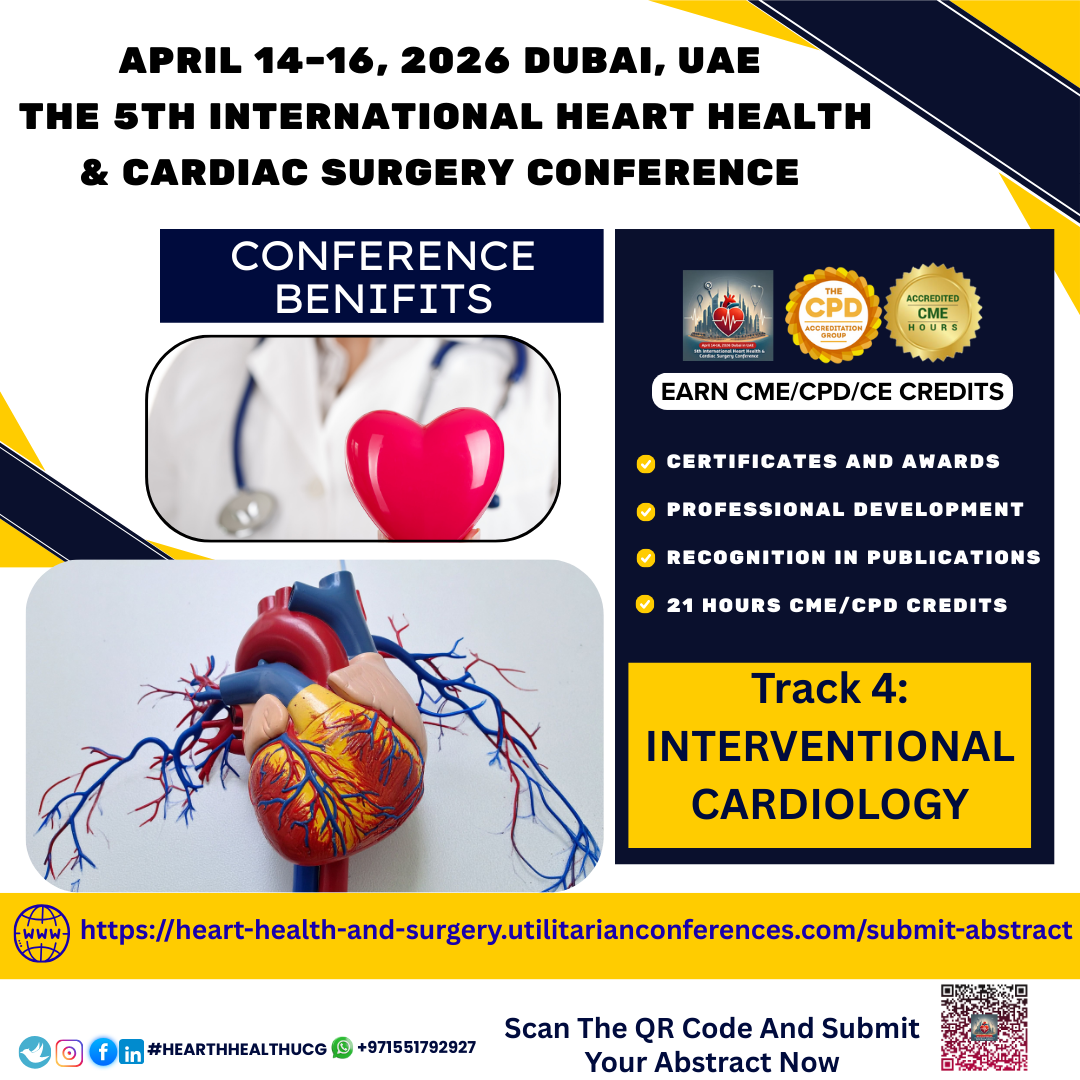Cardiovascular diseases remain the leading cause of death globally, but thanks to significant advances in medical science, many heart conditions can now be treated with less invasive methods. Interventional cardiology is one such field at the forefront of these life aving innovations. By combining medical expertise with cutting-edge technology, interventional cardiologists are able to diagnose and treat a range of heart conditions without traditional open-heart surgery.
What is Interventional Cardiology?
Interventional cardiology is a branch of cardiology that focuses on catheter-based treatment of heart diseases. These procedures are typically performed through small incisions in the skin, often in the wrist or groin, where a catheter (a thin, flexible tube) is inserted into a blood vessel and guided to the heart.
This minimally invasive approach allows doctors to perform complex procedures with less risk, quicker recovery, and fewer complications compared to open surgery.
Common Procedures in Interventional
Cardiology
Interventional cardiology encompasses a variety of diagnostic and therapeutic procedures, including:
1. Angioplasty
and Stenting
This is the most well-known interventional procedure. It involves opening blocked or narrowed coronary arteries using a balloon (angioplasty), often followed by the placement of a stent—a small mesh tube—to keep the artery open.
2. Atherectomy
In this procedure, plaque that is obstructing blood flow in an artery is removed using a special catheter with a cutting device or laser.
3. Valvuloplasty
Used to treat narrowed heart valves, this technique involves using a balloon to widen the valve opening and improve blood flow.
4. Closure
of Heart Defects
Interventional cardiology also addresses congenital defects such as atrial septal defects (ASD) or patent foramen ovale (PFO), which can be closed using special devices delivered through a catheter.
5. Peripheral
Vascular Interventions
These treat blockages in arteries outside the heart, such as those in the legs (peripheral artery disease), using similar techniques to coronary interventions.
Benefits of Interventional Cardiology
·
Minimally
Invasive: No need for large incisions or open-heart surgery.
·
Shorter
Recovery Time: Most patients return to normal activities within a few
days.
·
Reduced
Hospital Stays: Many procedures are done on an outpatient basis.
·
Lower Risk
of Infection and Complications
Who Needs Interventional Cardiology?
Patients with coronary artery disease, heart valve disorders, congenital heart defects, or peripheral artery disease may benefit from interventional procedures. These techniques are often used for patients who are not good candidates for surgery due to age or other health
conditions.
Future of Interventional Cardiology
The field continues to evolve rapidly with
innovations such as:
·
Robotic-assisted
procedures
·
Bioabsorbable
stents
·
Advanced
imaging techniques like intravascular ultrasound (IVUS)
·
Hybrid
procedures combining surgery and catheter-based interventions
These advancements aim to improve accuracy,
- safety, and outcomes for patients.





